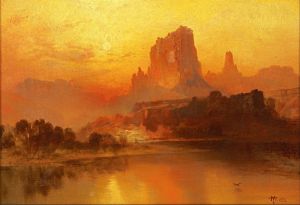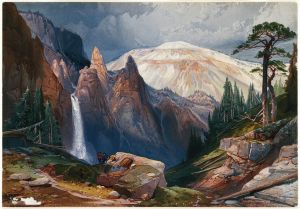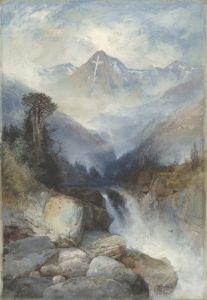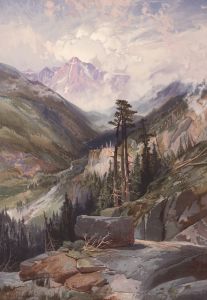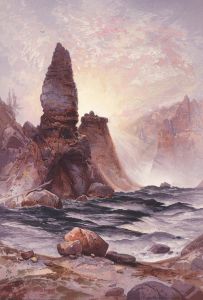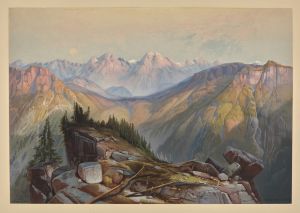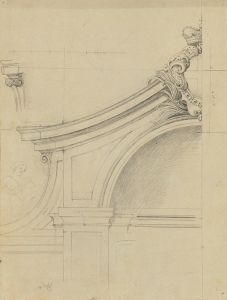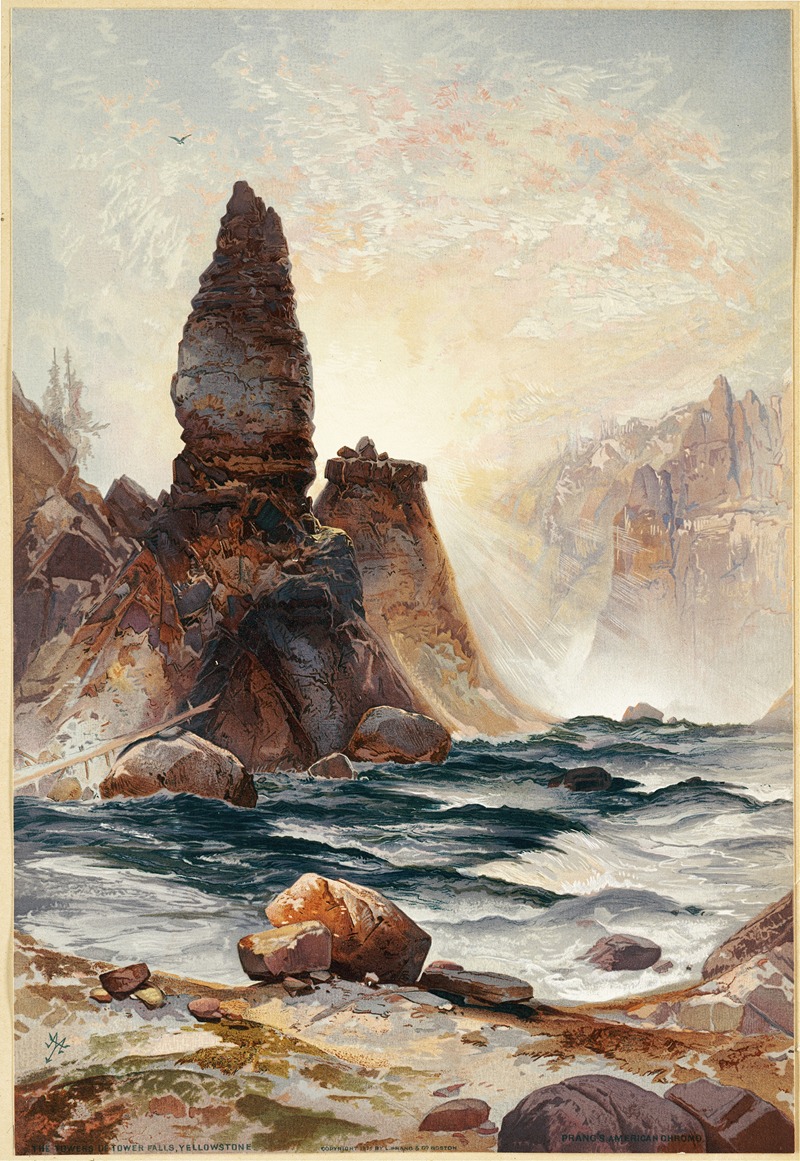
The Towers of Tower Falls, Yellowstone
A hand-painted replica of Thomas Moran’s masterpiece The Towers of Tower Falls, Yellowstone, meticulously crafted by professional artists to capture the true essence of the original. Each piece is created with museum-quality canvas and rare mineral pigments, carefully painted by experienced artists with delicate brushstrokes and rich, layered colors to perfectly recreate the texture of the original artwork. Unlike machine-printed reproductions, this hand-painted version brings the painting to life, infused with the artist’s emotions and skill in every stroke. Whether for personal collection or home decoration, it instantly elevates the artistic atmosphere of any space.
"The Towers of Tower Falls, Yellowstone" is a painting by the renowned American artist Thomas Moran, completed in 1871. Thomas Moran was a pivotal figure in the Hudson River School, a mid-19th century American art movement known for its romantic portrayal of the American landscape. Moran's work is particularly noted for its role in influencing the establishment of the United States' national parks.
This painting captures the dramatic landscape of Tower Falls, located in the northeastern region of Yellowstone National Park, Wyoming. Tower Falls is a striking waterfall that cascades down approximately 132 feet (40 meters) and is named for the towering rock formations that surround it. These natural towers, composed of volcanic rock, create a dramatic and picturesque scene that has captivated artists and visitors alike.
Moran's depiction of Tower Falls is characterized by his use of vivid colors and attention to detail, which were hallmarks of his artistic style. His ability to capture the grandeur and sublime beauty of the American West played a significant role in bringing the landscapes of Yellowstone to the attention of the American public and government officials. Moran's paintings, along with the photographs of William Henry Jackson, were instrumental in the campaign to designate Yellowstone as the first national park in the United States in 1872.
The painting reflects Moran's skill in capturing the interplay of light and shadow, as well as his ability to convey the vastness and majesty of the natural world. His work often emphasized the sublime aspects of nature, portraying it as both beautiful and awe-inspiring. This approach resonated with the 19th-century American public, who were increasingly interested in the exploration and preservation of the country's natural landscapes.
Moran's journey to Yellowstone in 1871 was part of the Hayden Geological Survey, led by Ferdinand V. Hayden. This expedition was one of the first comprehensive surveys of the region and played a crucial role in the decision to establish Yellowstone as a national park. Moran's paintings from this expedition, including "The Towers of Tower Falls," were presented to Congress and helped to convey the unique and irreplaceable beauty of the Yellowstone region.
Today, Thomas Moran is remembered as one of the foremost landscape painters of his time, and his works continue to be celebrated for their artistic merit and historical significance. "The Towers of Tower Falls, Yellowstone" remains an important piece in the history of American art and conservation, symbolizing the intersection of art, exploration, and environmental preservation. Moran's legacy endures in the continued appreciation and protection of the natural landscapes he so vividly captured on canvas.





